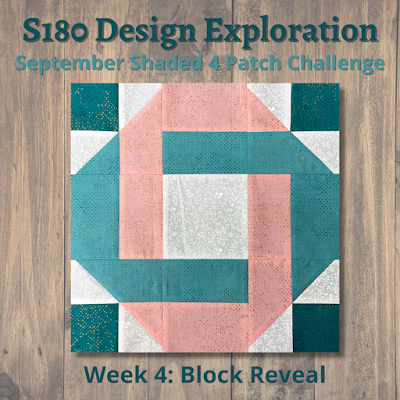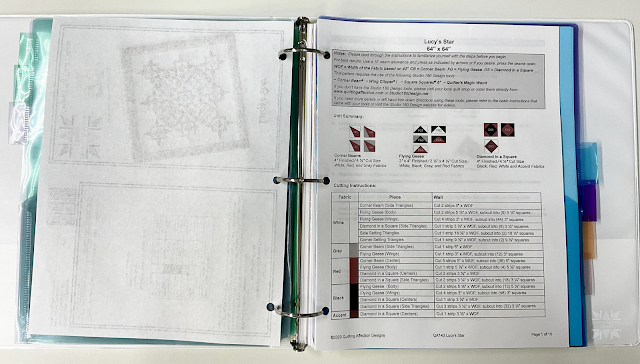
Over the last couple of months, several of the Studio 180 Design Certificated Instructors, including myself, have been participating in a Block Exploration Challenge. Each month we design a block using a Studio 180 Design tool or technique, and every week we reveal a piece of the block on our Instagram pages.
This month's blocks challenge was to design and make a block around the Shaded Four Patch. This is a fun little Technique by Studio 180 Design.
I decided to design my block, which I'm calling Entangled Octagon, to use this technique with a little kick. I chose to experiment a little with the large triangle to give it another look.
The fabrics I used in the project were from the Spotted Collect from Moda and white background color for a little background color.
Started off making four rectangle blocks for the middle of the outside rows.
Next, I made my shaded four patch units. Again, everything is the same when making the units, except the last stitching step. Where instead of one solid piece of background, I added a pieced rectangle.
Paired the pieced rectangle with the shaded patch rectangle and stitched on the lines.
Trimmed the units to correct size using my Tucker Trimmer tools.
Layout out the block and stitched it together. Pressing the seams open.
Once you are done your block will look like this. This was a fun experimental block, thinking some patterns maybe coming soon.




























